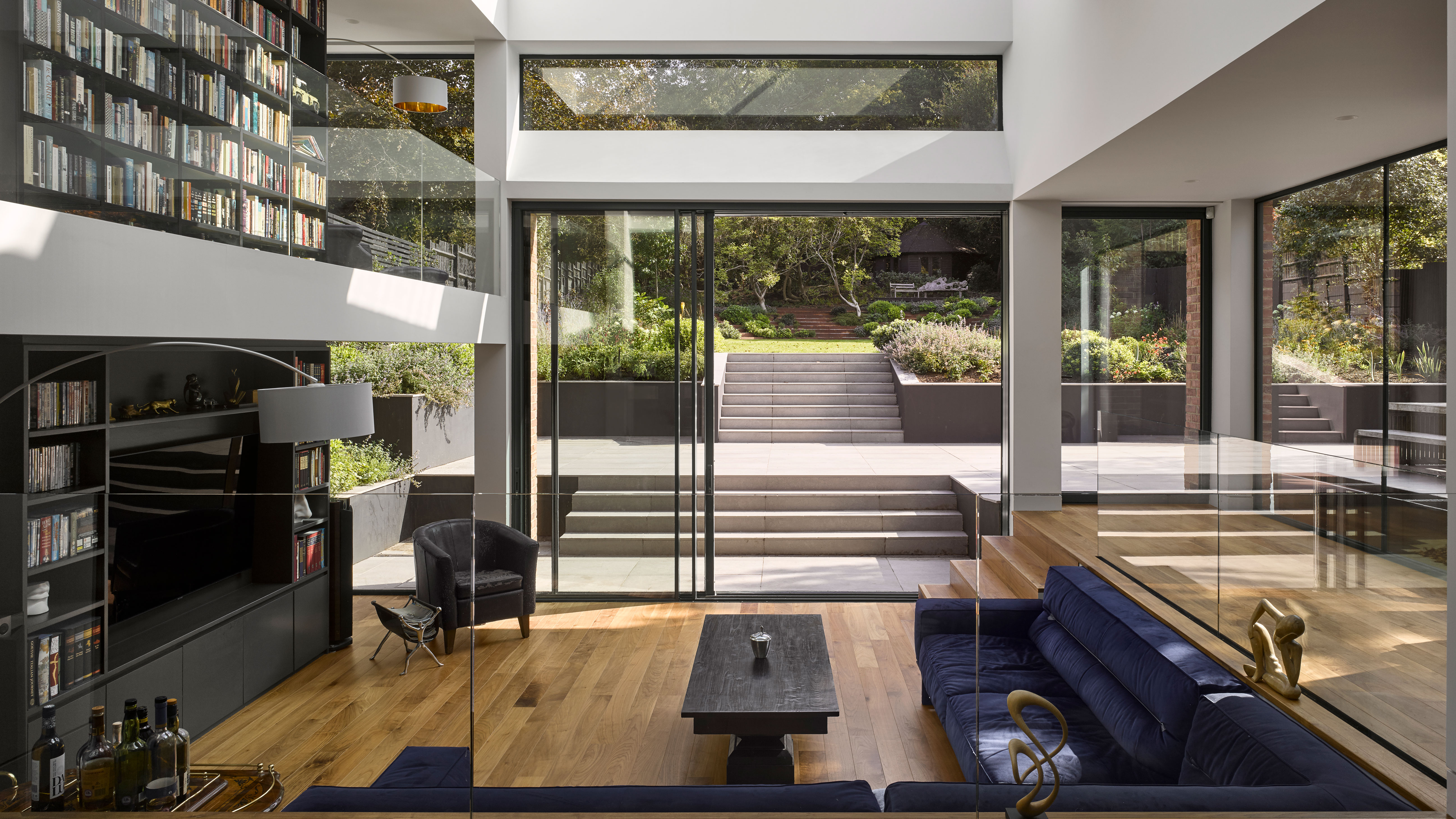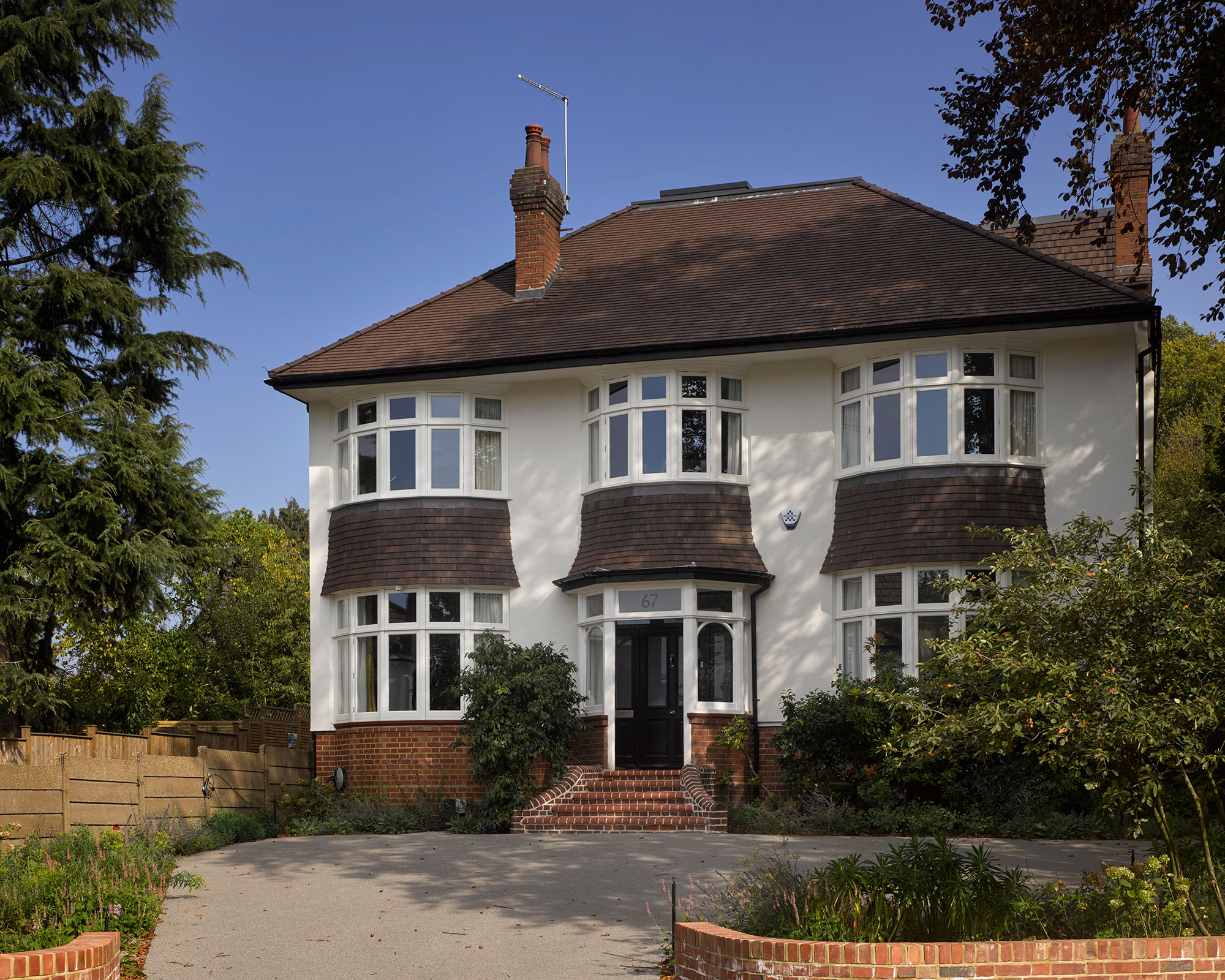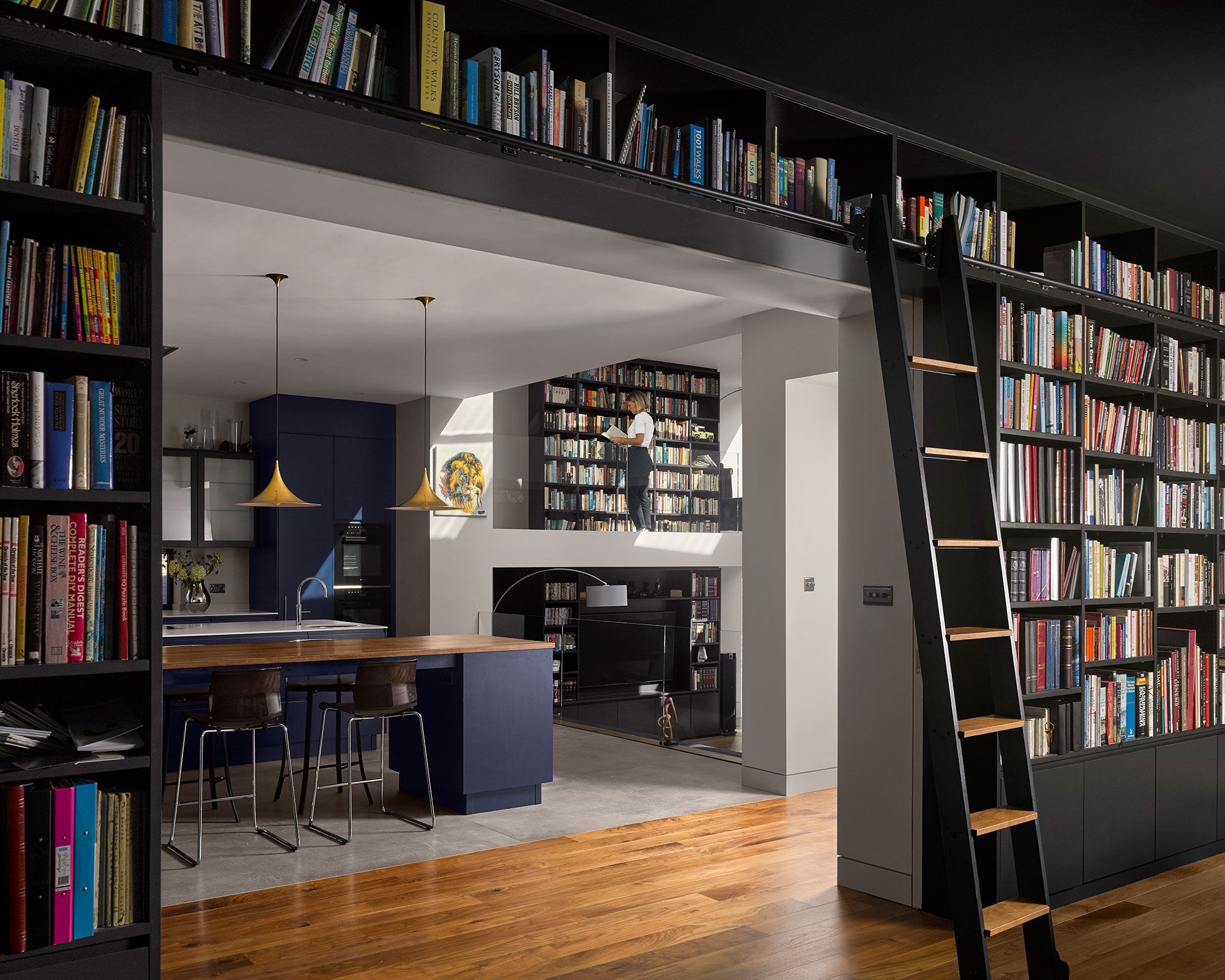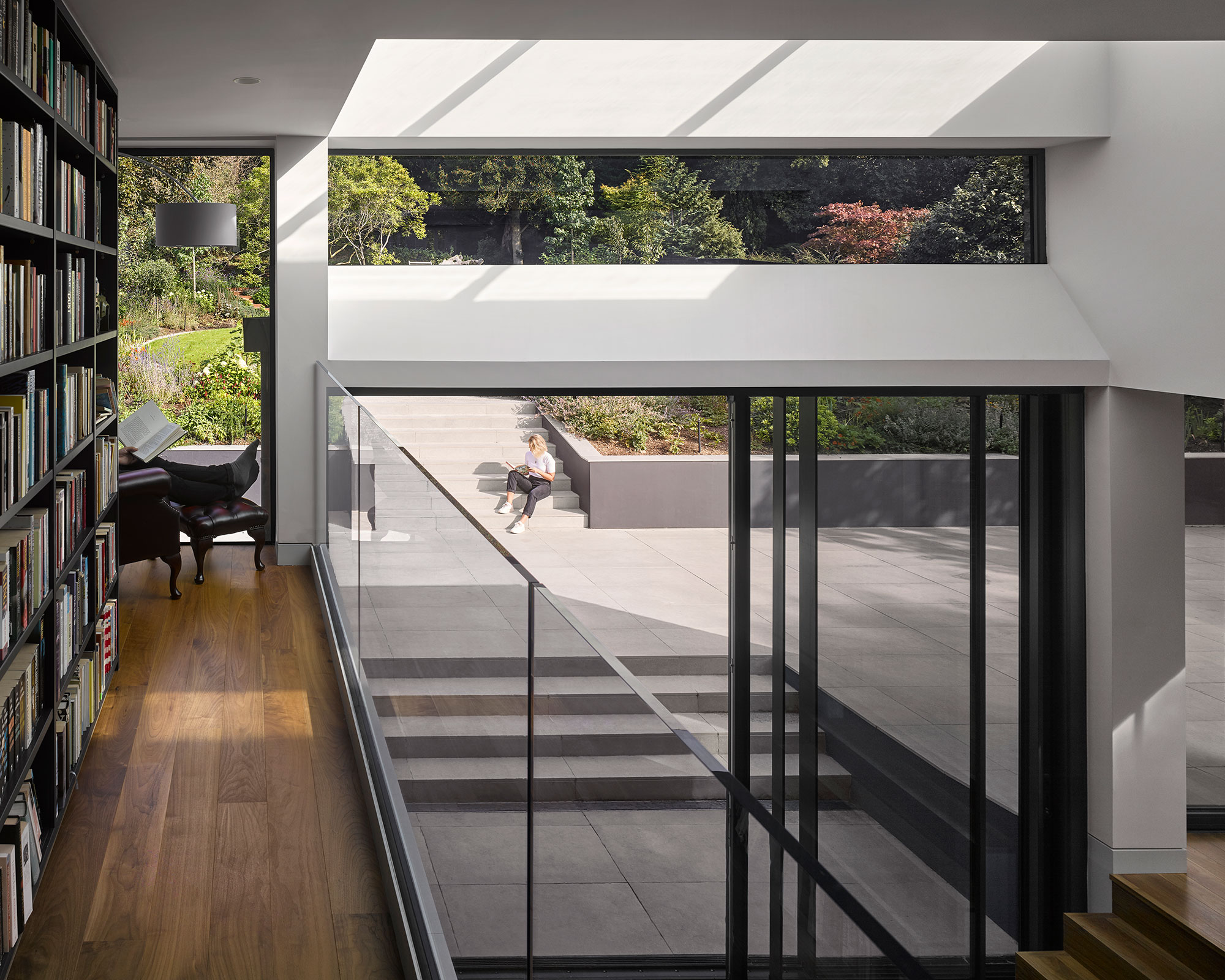Design house: This home features an extraordinary two-storey extension – a must-see architectural masterpiece
Renovated during lockdown, this 1930s detached home was transformed into a modern marvel


There are some renovations that are simply nice, and then there are others that make you stop and stare in pure admiration. This original 1930s detached house in the London Borough of Haringey certainly falls into the latter camp in that respect.
- See some of the world's best homes – beautiful properties from around the globe
Completed during a nationwide pandemic in May 2020, this home has become something of a sanctuary for the homeowners, and it is easy to see why. The seamless views of the Highgate Woods, light-filled passageways and exceptional use of indoor and outdoor space made the existing house spatially-aware and energy inefficient. What more could you want?
We spoke to the creators at Mulroy Architects about the design project.
The property
Mulroy Architects have one mission – to improve lives with beautiful, life-long and sustainable architecture. 'We use human skills to create great, green architecture that allows you to adapt to the future,' say the team. So they knew that had to create something special here. Did they deliver? We certainly believe so.
Here, they have transformed the appearance and performance of the previously drab suburban house by sweeping away many of the earlier adaptations, and introducing a series of new extensions and alterations to accommodate the busy family lives of the owners.
It is a house with two distinct characters: deceptively ordinary at street elevation, yet full of drama at the rear and within. This is a home that needs to be seen to be believed.
Front exterior

From the street, this property appears to resemble a typical 1930s house. Appearances are deceptive however: the left hand bay is entirely new, replacing an unsightly garage with a new two-storey side extension that allowed the property to be converted to a double fronted house, and now contains a gym and bedroom above. To the rear of the house, however, the real drama unfolds.
Design expertise in your inbox – from inspiring decorating ideas and beautiful celebrity homes to practical gardening advice and shopping round-ups.

By removing the later extensions, the ground floor layout was reorganized by creating a new, two-storey living area overlooking the gardens. Rather than trying to flatten the garden that would have created increased waste arising from demolition, the internal floor level was dropped, and the ceiling raised to accentuate the character of the site.
Architecturally, this extension reads as a series of interconnected pavilions, each with a slender brick frame supporting full-height glazing that fills the family living area with light and gives views over the garden from deep within the plan.
See: Living room ideas – clever ways to decorate living spaces
Ground floor

The kitchen – with bespoke fittings from Woodstock Furniture – is located at the center of the new ground floor arrangement, and features a bespoke table for daily family dining. This space flows seamlessly into a much larger dining room that can cater for parties and dining for a further 20 guests.

The dining room can be enclosed to create a more intimate atmosphere, thanks to deep pocket doors set within a feature library wall. This room also overlooks a lofty and airy living area beneath, occupying the lower level of the house and featuring a spectacular double-height bookcase and reading gallery.


Proving that no stone has been left unturned, the stairs and railings designed by Mulroy and built by Kantec Bespoke, showcase a well-chosen Christopher Wray suspension pendant light fixture that illuminates the surrounding space beautifully.

Upper level



A large bedroom suite has been added in an expanded top floor extension, with a balcony overlooking the landscaped gardens. In total, Mulroy have added an additional 68 sq m to the house, while respecting neighboring properties and its quiet, suburban setting.
Back exterior

This transformational and contemporary new home has been achieved by retaining and retrofitting much of the original fabric, thus avoiding unnecessary demolition.
Replacing the roof finishes and adding external insulation to the existing walls allowed the energy efficiency of the original building to be upgraded to match that of the new extensions.
The final result means that the house has now expanded significantly in size, while reducing energy demand by around 50%.

Architect / Mulroy Architects
Main contractor / Kantec Bespoke
Structural engineer / Symmetrys
Landscaping / Rosebank

Jennifer is the Digital Editor at Homes & Gardens, bringing years of interiors experience across the US and UK. She has worked with leading publications, blending expertise in PR, marketing, social media, commercial strategy, and e-commerce. Jennifer has covered every corner of the home – curating projects from top interior designers, sourcing celebrity properties, reviewing appliances, and delivering timely news. Now, she channels her digital skills into shaping the world’s leading interiors website.